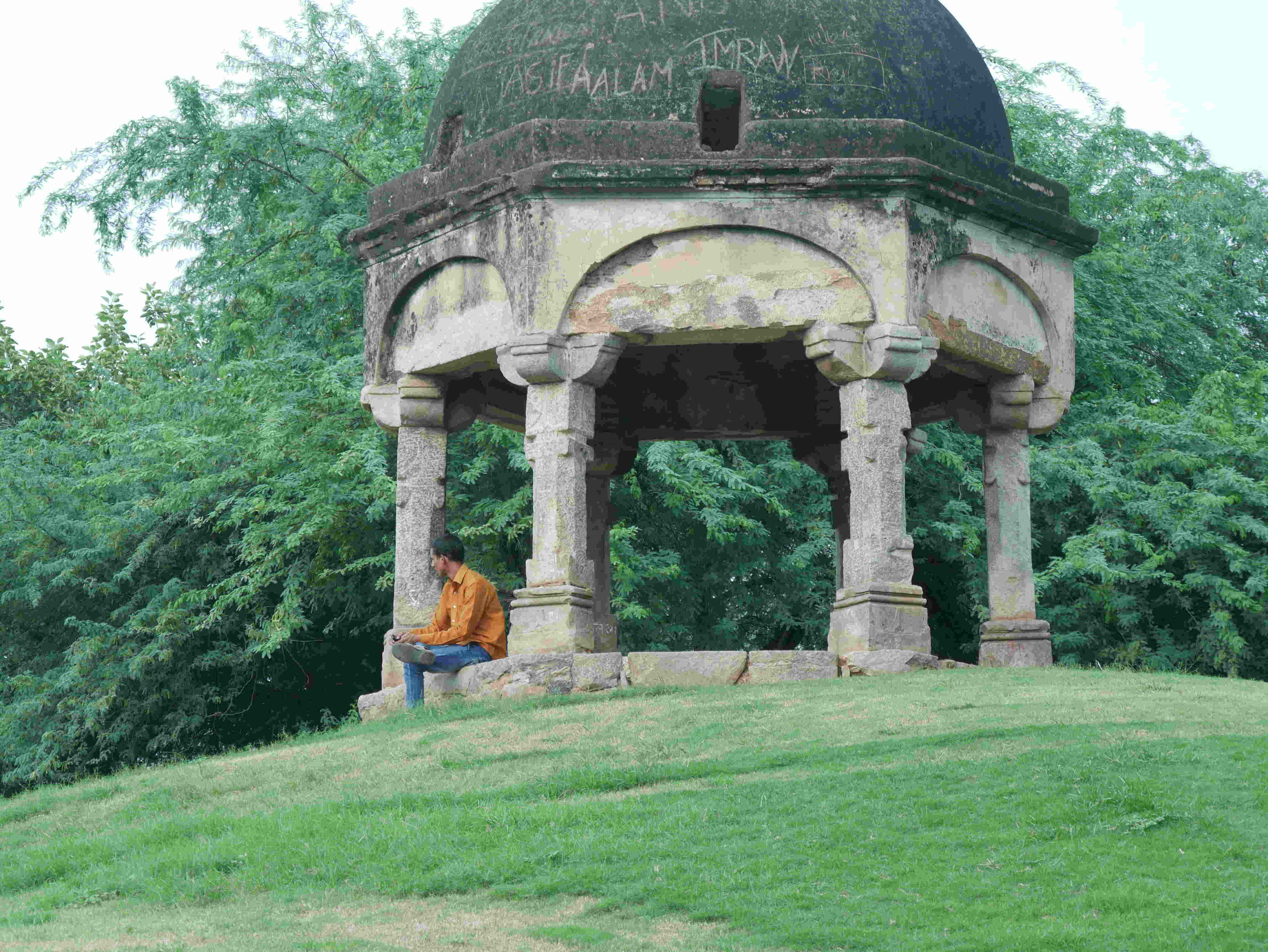The Qutub Minar And A Hidden Treasures
The mystical pull of India has laid hold of many people throughout the years. Captivated the riches available, innumerable scores of people have come seeking financial gain, political power and the requisite fame. Today many come with new desires. India continues to captivate people with its centuries of history and complex tapestry of culture.
Persisting through history pressing into the modern day, the Qutub Minar has endured the passage of time. Its mason walls of carved marble and resolute sandstone have watched empires rise and fall, worshippers come and go, and eras of Indian civilization wax and wane. Now these walls lay witness to a whole new group of people, who wish to bask in the awe of the structure pondering times past. Tourists from India and the far reaches of the world come to see this Delhi landmark. Like the thousands of visitors to the Grand Canyon, who stare out over the beautiful expanse for thirty minutes and leave, so many people likewise approach the Qutub Minar unaware of what lays immediately available to their reach.
Mehrauli, the hidden treasure of Delhi, stretches out from the expanse of the Qutub Minar. The first city of Delhi, Mehrauli presents a peculiar yet honest representation of India as whole.
In past times the Qutub Minar complex would have opened up onto the grounds of equal historic importance. The Mehrauli Archeological park hides in almost plain sight, waiting for intrepid guests to discover it. A quiet respite from the hustle and bustle of the streets of Delhi, the park presents meandering footpaths cut in and out of volumes of greenery. On your walks you may be unwittingly accompanied by the wildlife of Mehrauli — monkeys, parrots, peacocks and mongooses calling the park their home. Scattered like toys from a child’s toy box, centuries old monuments are strewn throughout the extents of the park tucking themselves behind trees and perimeter walls. Rajon ki Baoli, while bearing the evidences of time and lack of upkeep, this stepwell (check out number six!) draws its visitors into the lives of past craftsmen and travelers. And Balban’s Tomb represents a unique turning point in Indian history and architecture. The fall of the Mamluk (Slave) Dynasty remembered in this tomb, which bears the first known true arch of India. In Mehrauli, a deep history persists living even today.
The vast history of this nation, as seen prominently in the Qutub Minar complex, now blurs with the emerging modernity of Delhi. Centuries old Islamic tombs now open their doors as convenience stores. Cell phone stores rub up against traditional storefronts along the historic Market Street. And across from the Qutub Minar stands Dilkusha, Qila Khan’s Tomb. First a tomb for royalty, then country home for a British official, now the site lives on as a cricket pitch for the Mehrauli youth.
Upon your trip to Delhi do not be like the many tourists who are ignorant of the great opportunity which lies just beyond the walls of the Qutub Minar. Mehrauli has been forgotten by far too many people. While it may be dusty after years of being ignored, the opportunity immediately available cannot be understated. A representative of centuries of history and of modern life, Mehrauli is a microcosm of Delhi and India as a whole. With all its sites and sounds, colors and spices, Mehrauli is a treasure worth knowing.



